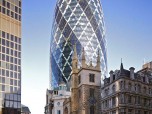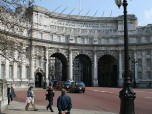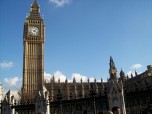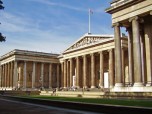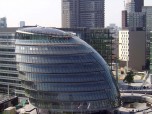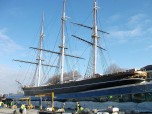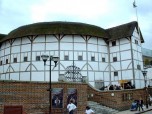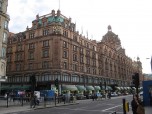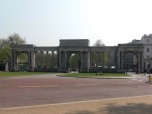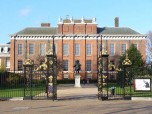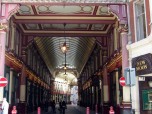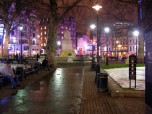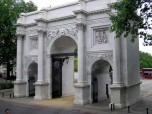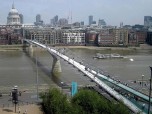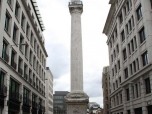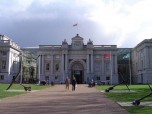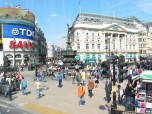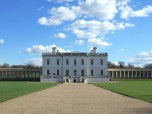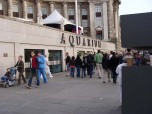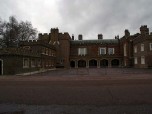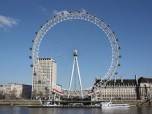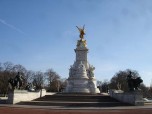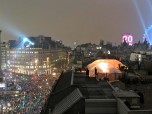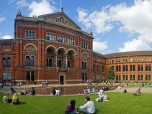The Cutty Sark is a well known British clipper ship built during 1869 by Scott and Linton builder. It was originally for the Jock Willis shipping line and is known as being one of the last clipper ships made. Cutty Sark was one of the fastest sailing ships. Eventually, the design and development of sailing ships came to a halt in order to make room for steam boats, which were much faster.
Construction
The ship was ordered by John Willis, who owned and operated a shipping company which he had inherited from his father. His fleets would be used as part of a tea trade between China and Britain. Speed was very important for those in the merchant trade, it also meant prestige for the ship owners. During 1869, a ship named Thermopylae set a port to port record of 61 days from London to Melbourne. Willis wanted to do better, and the papers for the construction of the Cutty Sark were officially signed the next year.
Early History
The clipper ship was destined to be at sea for the tea trade between Britain and China. It made its first round trip on February 16, 1870 under George Moodie. It was able to make eight round trip annual journeys, carrying cargo full of wine, spirits, beer and tea. It left London for Shanghai and would return via the Cape of Good Hope with about 1,450 tons of tea. Unfortunately, the Suez Canal was opened the same year the clipper ship was commissioned. Sail ships lost to steam ships which could use the shorter route via the Canal, which was more efficient, safe and far better for business.
Breaking Records
It was during 1872 that the Cutty Sark and the Thermopylae engaged in a well known race. The two ships set out for Shanghai and left together on June 18. The Cutty Sark had a two week lead, but lost a rudder along the way. The crew were forced to stop over at Cape Town in order to repair the damages. They arrived in London on the 18th of October, which was one week behind the Thermopylae. In 1874, the Cutty Sark set a record from London to Sydney, completing the journey in only 73 days.
Historical Site
The clipper ship became part of the National Historic Fleet and is now a popular tourist attraction. The Cutty Sark now sits near the center of Greenwich, located southeast of London. This is close to the National Maritime Museum, the former Greenwich hospital and the Greenwich park. The ship is one of the prominent landmarks of the London Marathon, which is held during spring every year. This marathon was the world’s largest during 2012. The Duke of Edinburgh wanted to ensure the preservation of the ship and set up the Cutty Sark Society in 1951. There is a gallery below the ship which holds figureheads. This is the largest collection of its kind in the entire world.
Conservation
The historical ship was closed for conservation work. In 2007 the Cutty Sark was partially dismantled and during this time it caught on fire. The damage was extensive as it took several hours before the fire was under control. The center experienced most damage with massive wood areas lost to the flames. During an interview with the chief executive of the trust, it was revealed that most of the ship’s fabric was not consumed by the fire because it was removed for conservation work. However, the damage was still very bad.
Fund Raising
The project for reconstruction was seen to cost a large £25 million. A bit less than half of this was donated by the Heritage Lottery Fund, who had provided a grant. Jerry Bruckheimer, an Oscar winning producer aided the conservation and restoration of the ship. The producer had allowed photographs taken by him to be displayed on the ship in hopes to raise funds for the restoration project. Many of the pictures that were on display were taken on set of the famous film, Pirates of the Caribbean: At World’s End, with actors Johnny Depp, Orlando Bloom, Geoffrey Rush, Bill Nighy and Keira Knightly. There were numerous generous donations throughout the years. However, in 2010, the construction cost had been reported to have risen to about £46 million.

